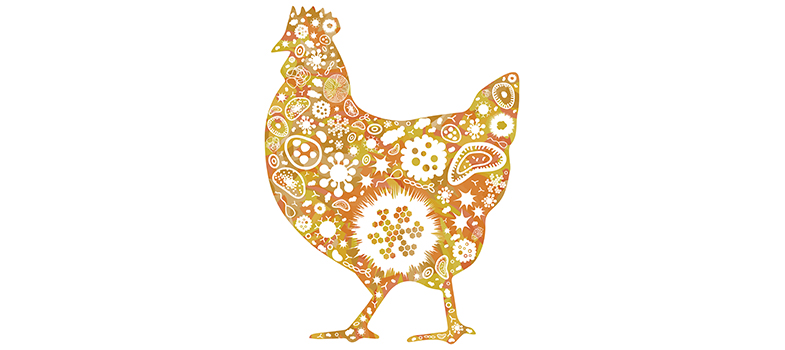5 International standards for prudent use of antimicrobials
In module L AMR surveillance in animals, you learned about the global One Health response to AMR which arose from the
Table 4 lists some of the more important global policy documents released since 2015. These policies have created the impetus for the One Health response to AMR. The policies listed in Table 4 are included for your interest or subsequent study and do not form part of the completion of this module.
| Date | Publication/action | Reference |
|---|---|---|
| 2015 | WHO Global Action Plan on Antimicrobial Resistance | (WHO, 2015a) |
| 2015 | WHO’s Global Antimicrobial Resistance Surveillance System ( | (WHO, 2015b) |
| 2016 | OIE Strategy on Antimicrobial Resistance and prudent use of antimicrobials | (OIE, 2016) |
| 2016 | FAO Action Plan on AMR (2016-2020) | (FAO, 2016) |
| 2016 | United Nations General Assembly adopted a declaration calling for all nations to respond to the global threat posed by AMR | (United Nations, 2016) |
| 2016 | First report: OIE Annual report on the use of antimicrobial agents in animals: A better understanding of the global situation. Subsequent annual reports released 2017, 2018, 2019 | (OIE, 2018b), (OIE, 2018) |
| 2017 | WHO guidelines on use of medically important antimicrobials in food-producing animals | (WHO, 2017b) |
| 2017 | WHO Guidance on Integrated Surveillance of antimicrobial resistance in foodborne bacteria | (WHO, 2017a) |
4.3.4 Challenges of veterinary laboratories in LMIC constraints



